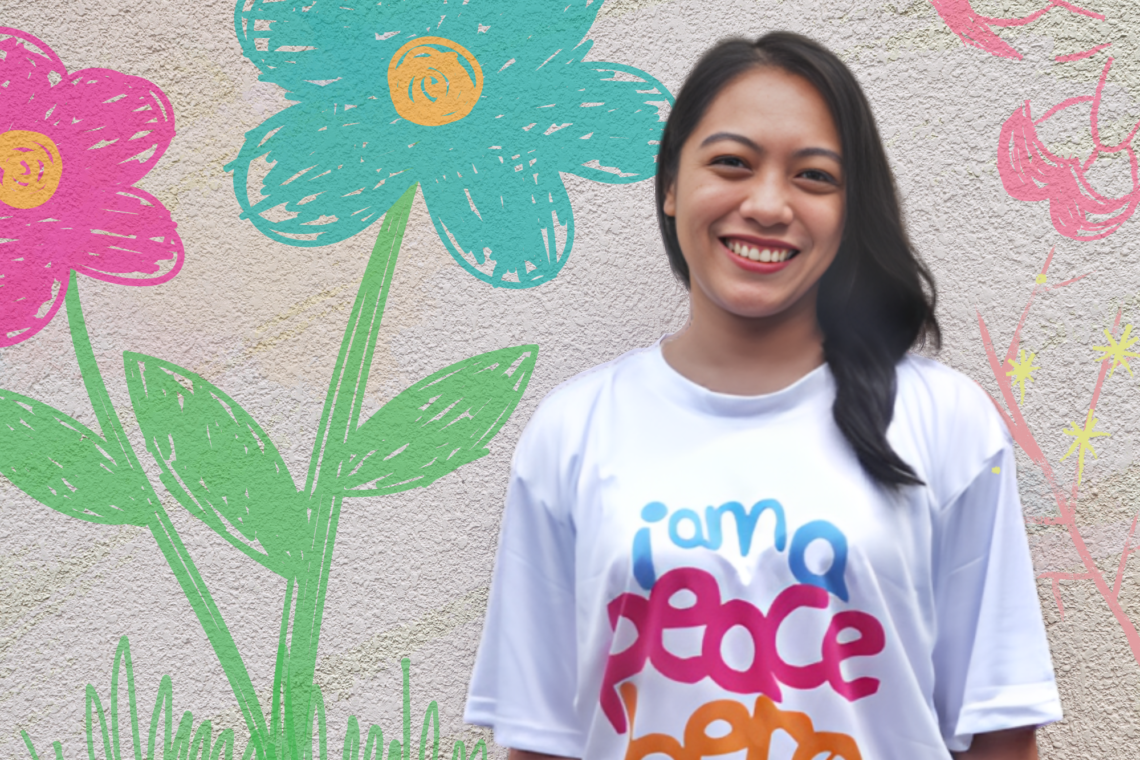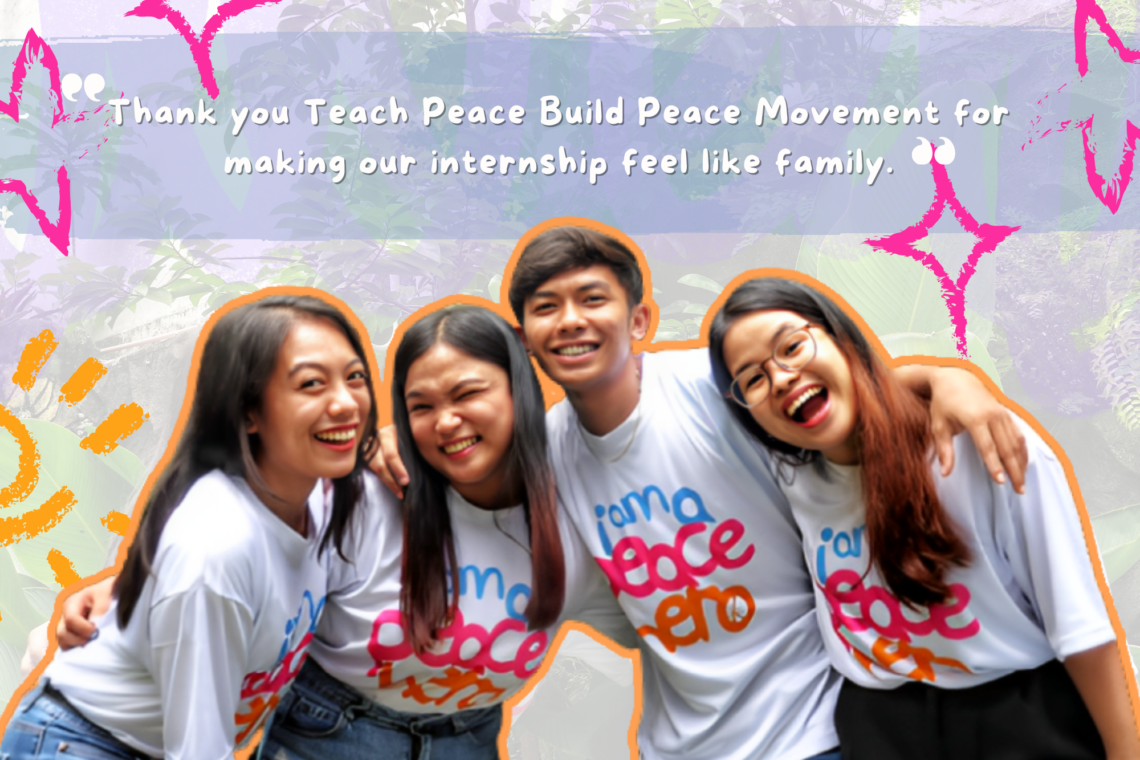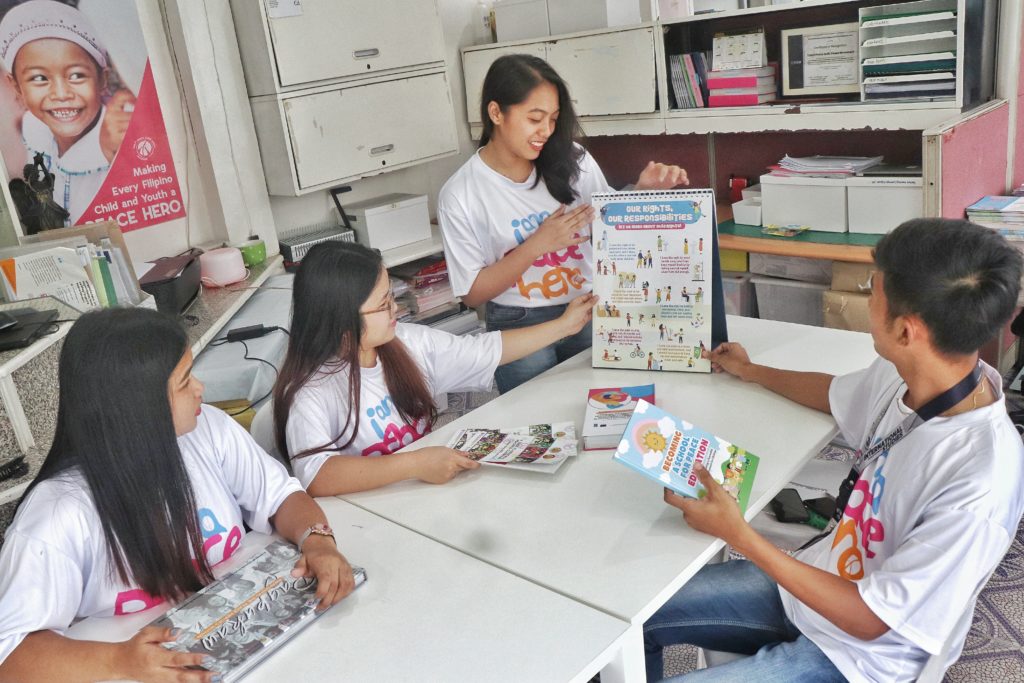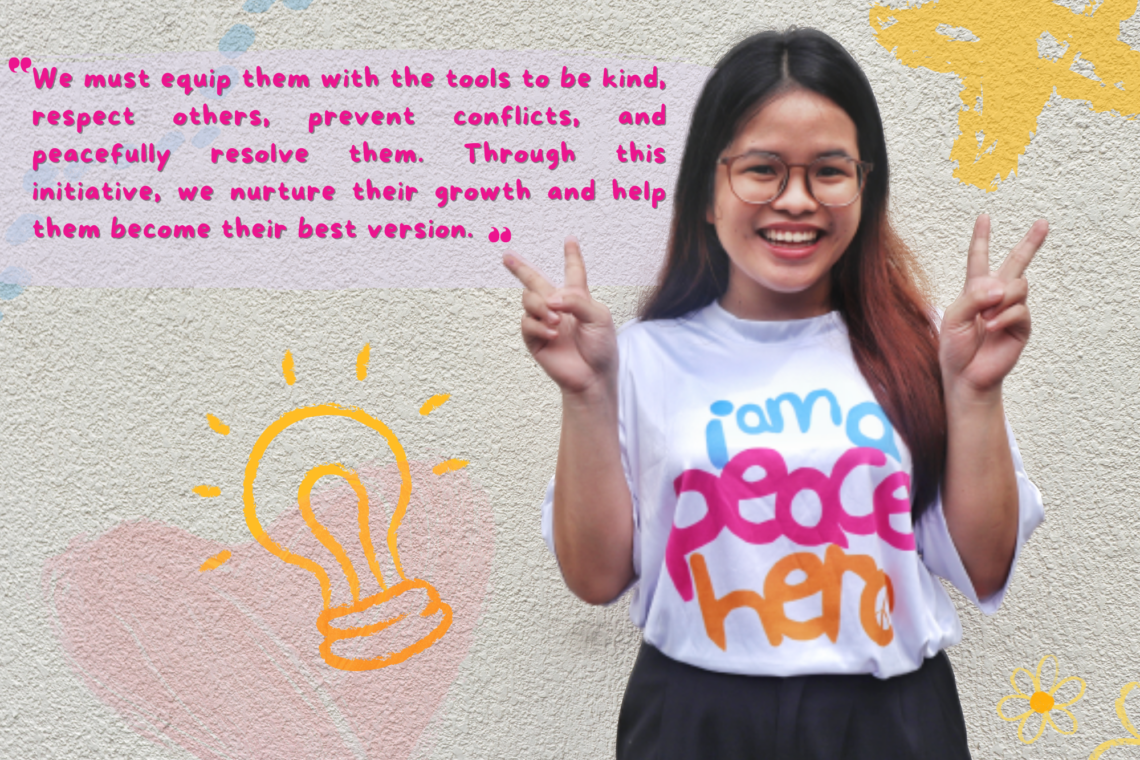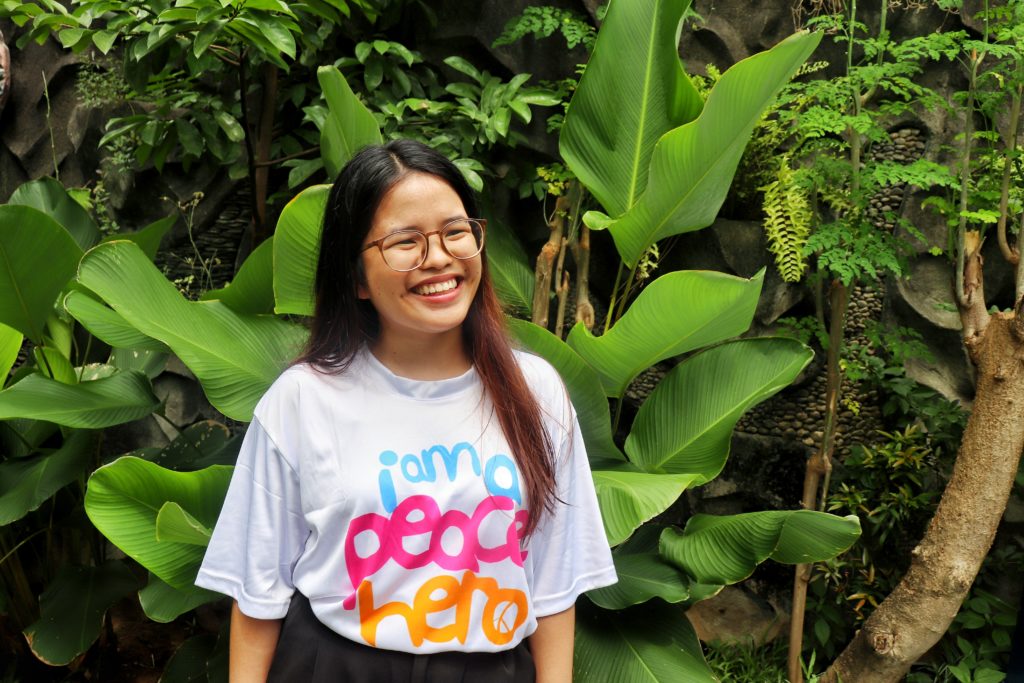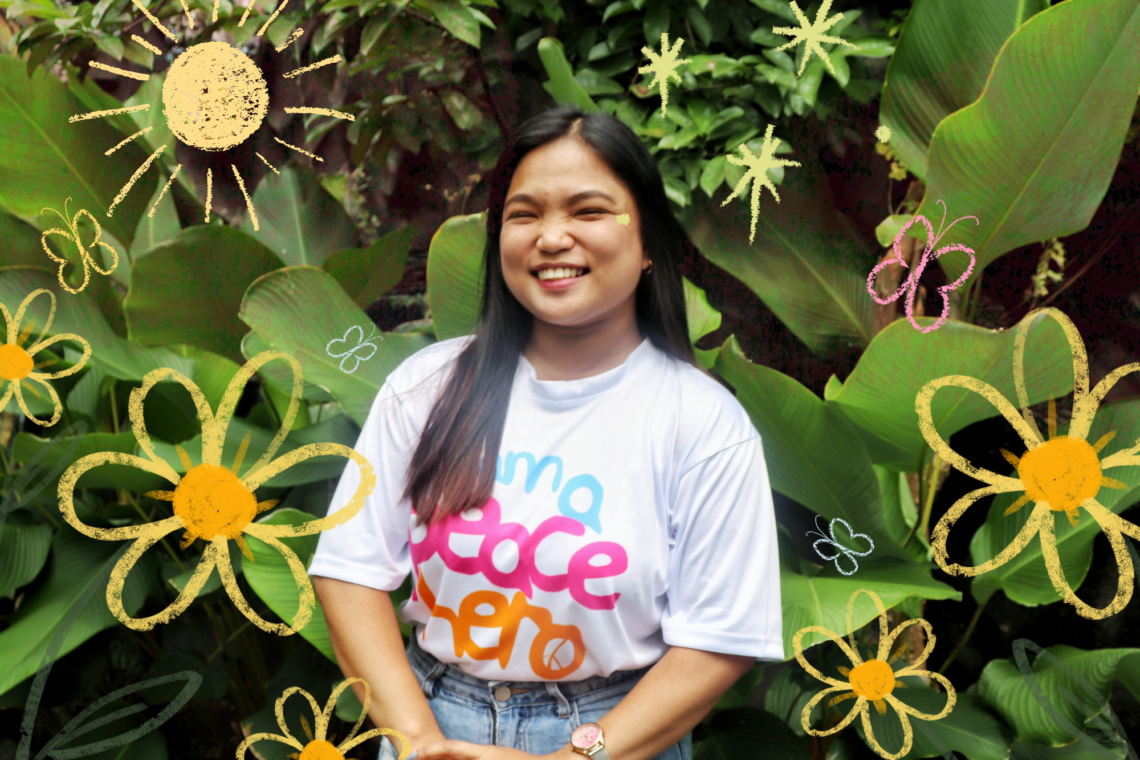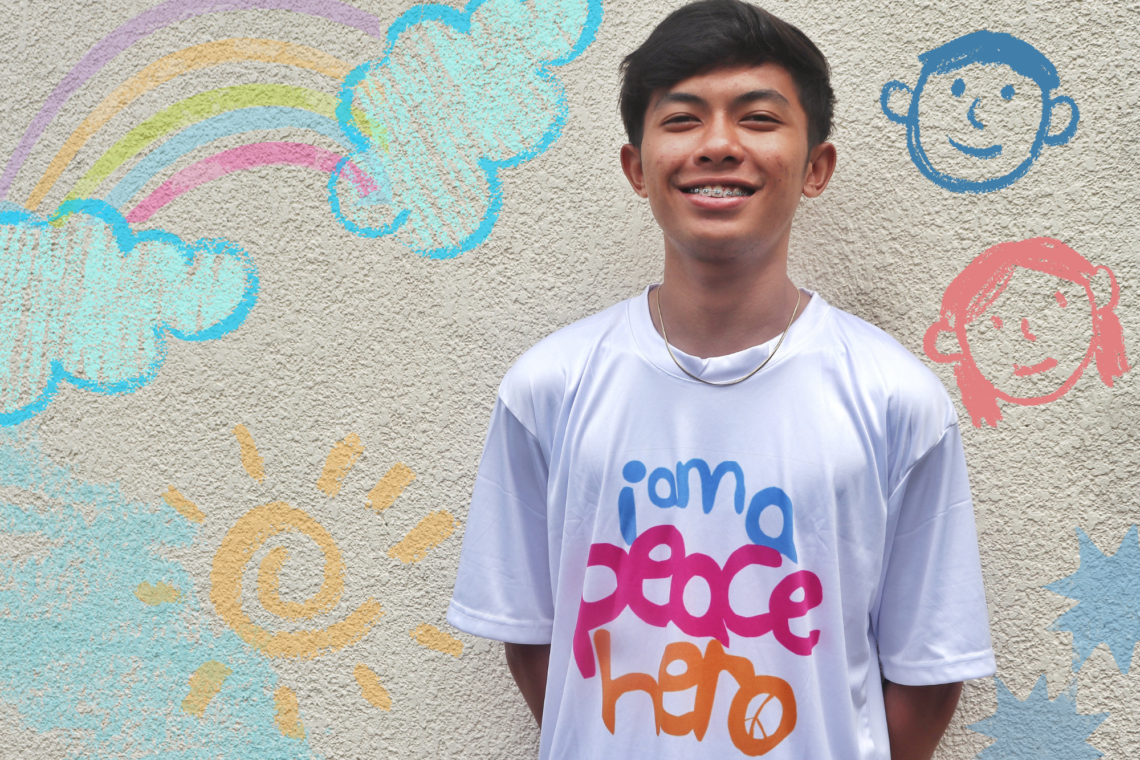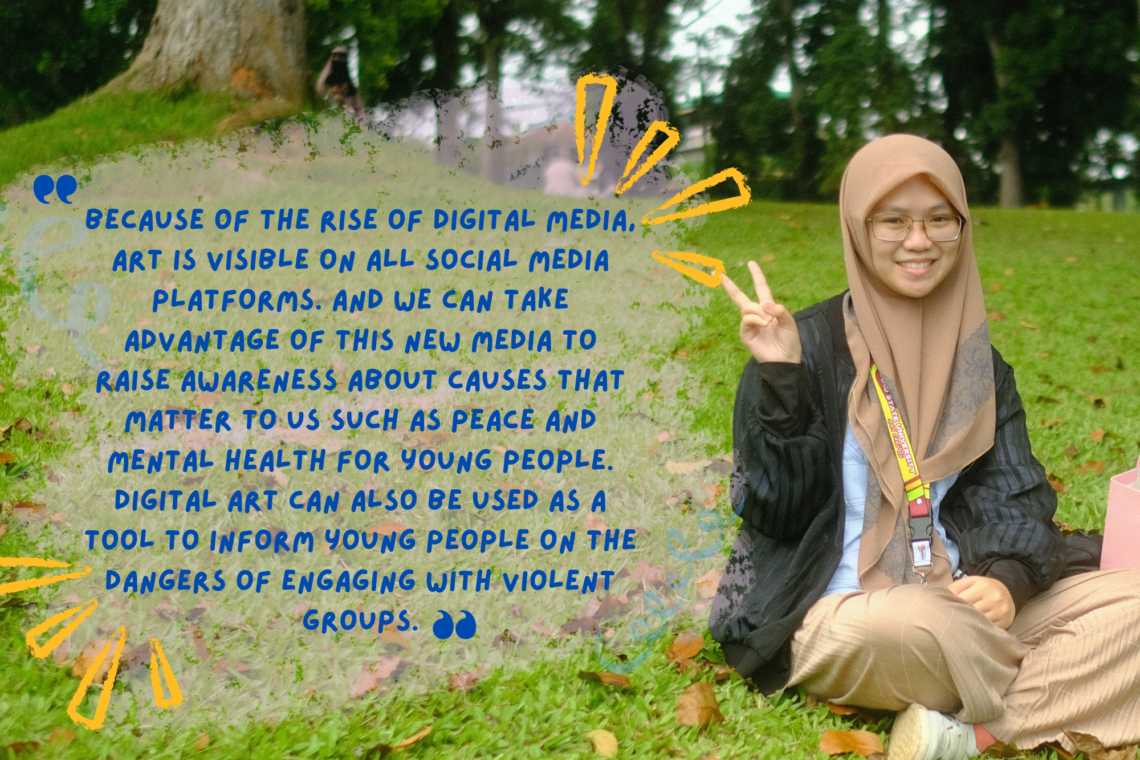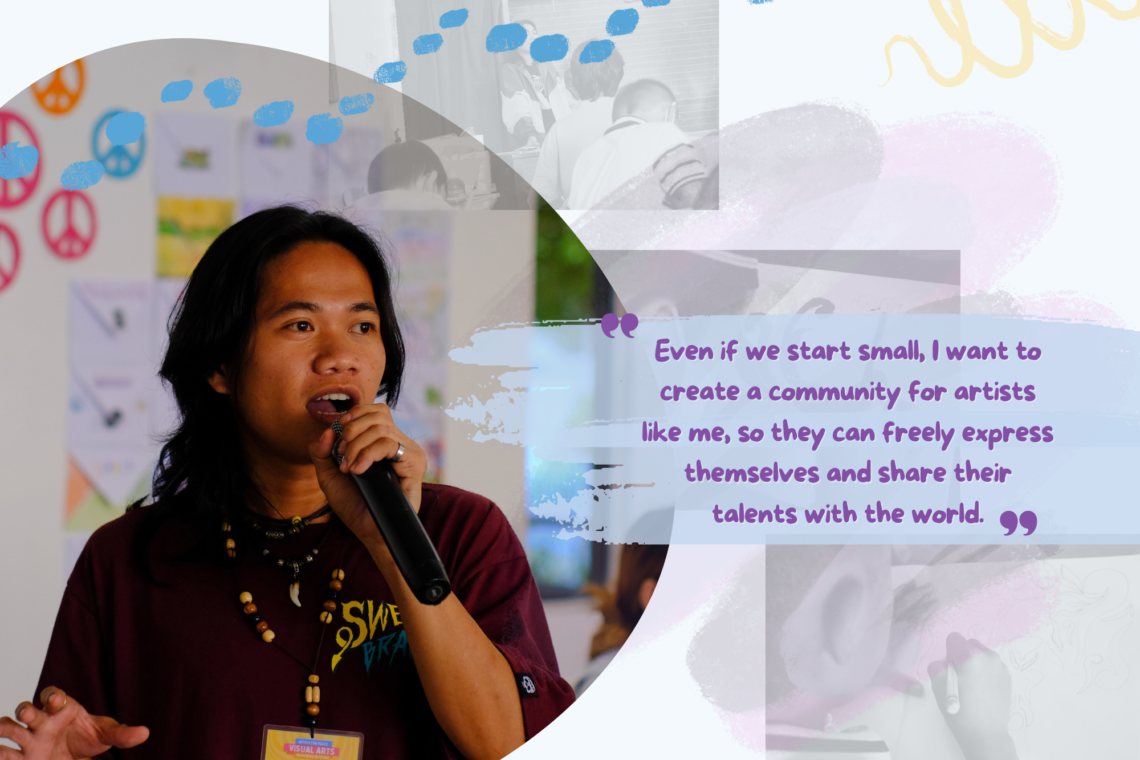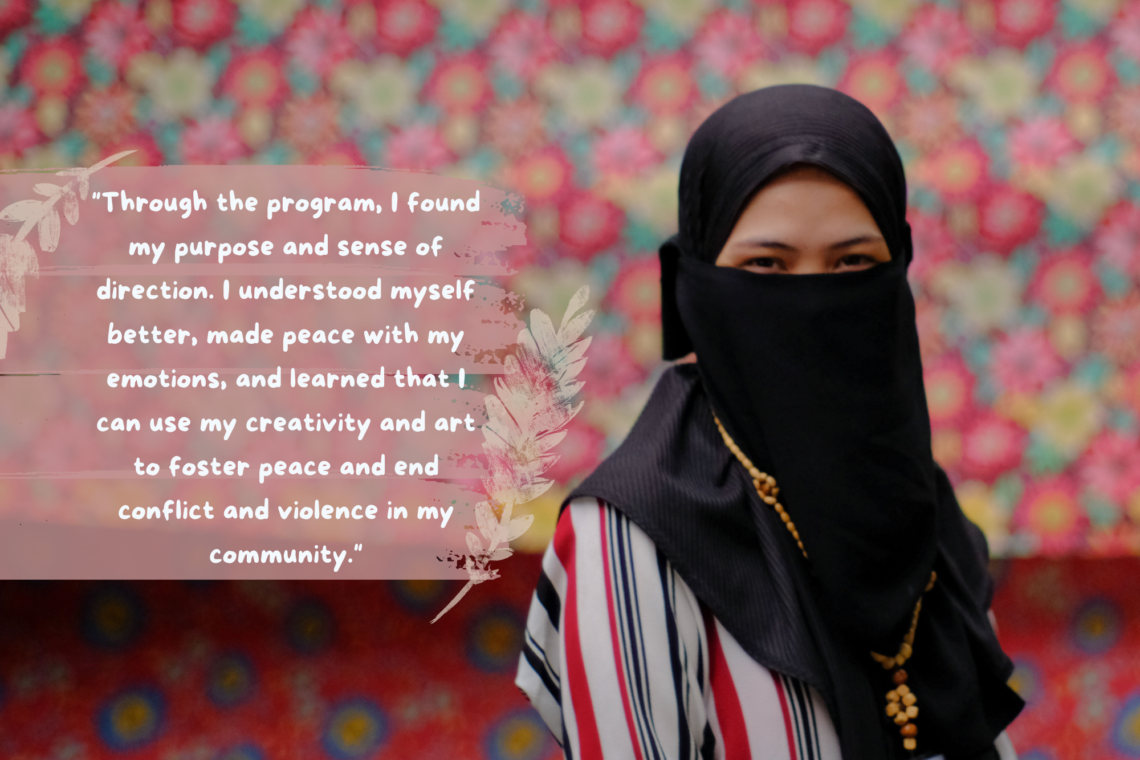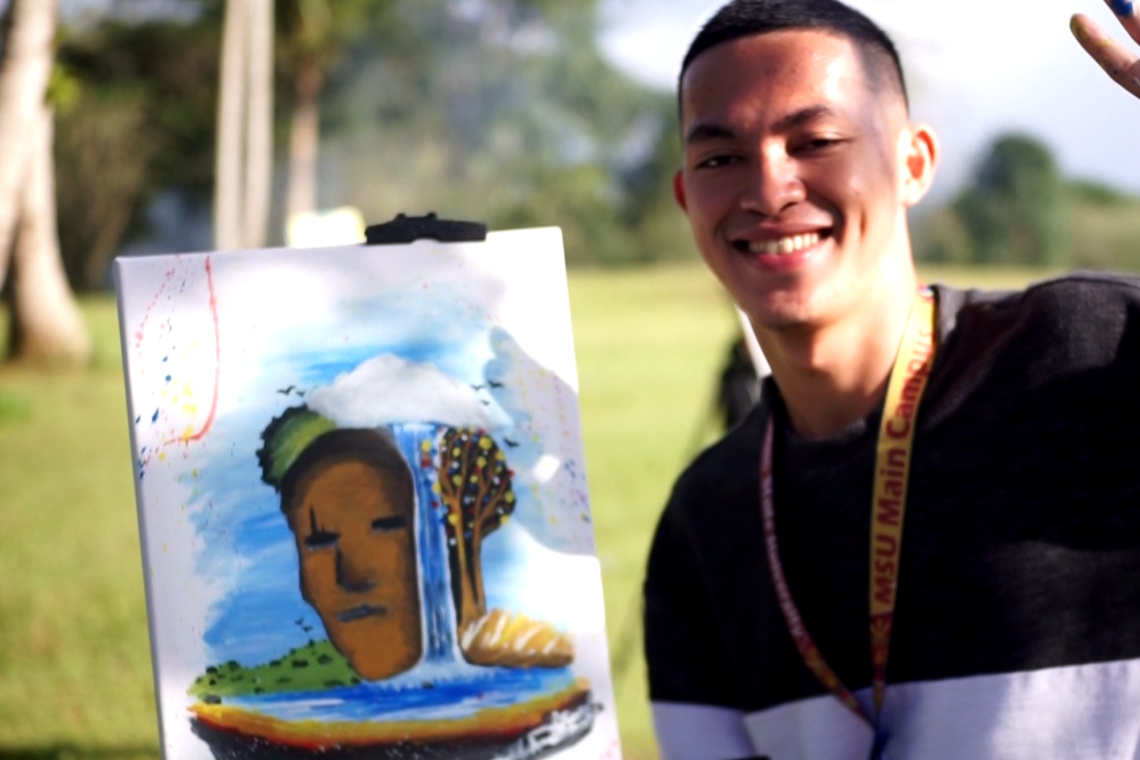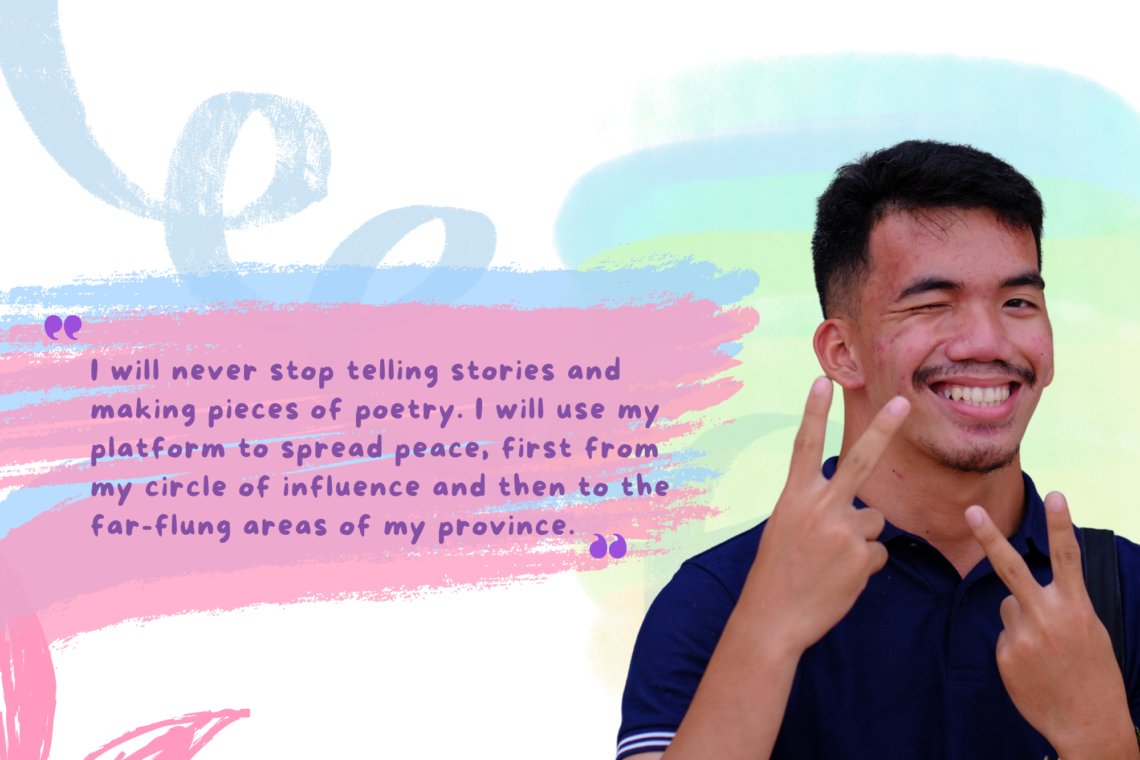Ate Alpha Larong has discovered that true harmony can only exist when faith is embraced in a world where peace is often associated with religion. Throughout her internship journey with Teach Peace Build Peace Movement (TPBPM), Ate Alpha’s misconceptions about the Muslim community, peace, peace education, diverse cultures, and current societal events were shattered, transforming her perspective and deepening her understanding.
Before her time with TPBPM, Ate Alpha believed in the biased portrayals of Muslims as bad guys that the media had exposed to her. However, her experience with the organization and their comprehensive assessments opened her eyes to the truth: Muslims are not the villains they are often depicted as. Instead, they, too, are victims of violence, especially women and children. Like Christianity, Ate Alpha learned Islam advocates for love, goodness, and non-violence. Unfortunately, a few misinterpretations and actions have tarnished the image of Islam, perpetuating prejudice and misunderstanding.
Through her involvement with TPBPM, Ate Alpha gained a deeper appreciation for the value of seeking out the untold stories of marginalized communities. She recognized that developing critical thinking, compassion, and analytical skills were essential to building connections and relationships that transcend cultural and religious differences. With this newfound understanding, Ate Alpha was motivated to dispel misconceptions and promote inner peace within herself and others, becoming a true ambassador of harmony and understanding.
During her time with TPBPM, Ate Alpha gained valuable skills in organizing data while preparing for the Cyberpeace Heroes Fellowship Camp. This newfound expertise proved invaluable in her work with a youth organization, allowing her to make a meaningful contribution and effect positive change. TPBPM helped Ate Alpha understand the critical importance of integrating peace into all aspects of society, particularly in areas affected by armed conflict. The program fueled her personal growth and transformation, encouraging deep introspection and reflection. Ate Alpha emerged as a compassionate and enlightened individual, taking on leadership roles within her youth organization.
The TPBPM peace courses and team huddles not only broadened Ate Alpha’s understanding but also taught her the importance of self-care and managing mental health. A particular motto she learned in one of the courses has remained etched in her memory:
“Bato-bato sa langit, ang matamaan, MAG-REFLECT.”
Ate Alpha’s journey has been filled with faith, understanding, and empowerment. With the help of TPBPM, she uncovered the true meaning of peace, broke down her prejudices, and appreciated the beautiful array of humanity around her. Her growth and positive impact on society inspire anyone looking to embark on their transformative journey, promoting harmony, peace, and understanding for a brighter future.
Read here:
A Journey for Peace: The story of the Cavite State University Peace Interns
Read Ate Ezyrelle’s Story :
“Nurturing Peaceful Habits: Ate Ezyrelle’s Journey of Growth and Transformation“
Read Ate Judy-Ann’s Story:
“A Journey of Empathy and Empowerment: Ate Judy-Ann’s Quest to Make a Difference“
Read Kuya Justine’s Story :
“Restoring Oneself: Cultivating Peace Education for a Better Community“

